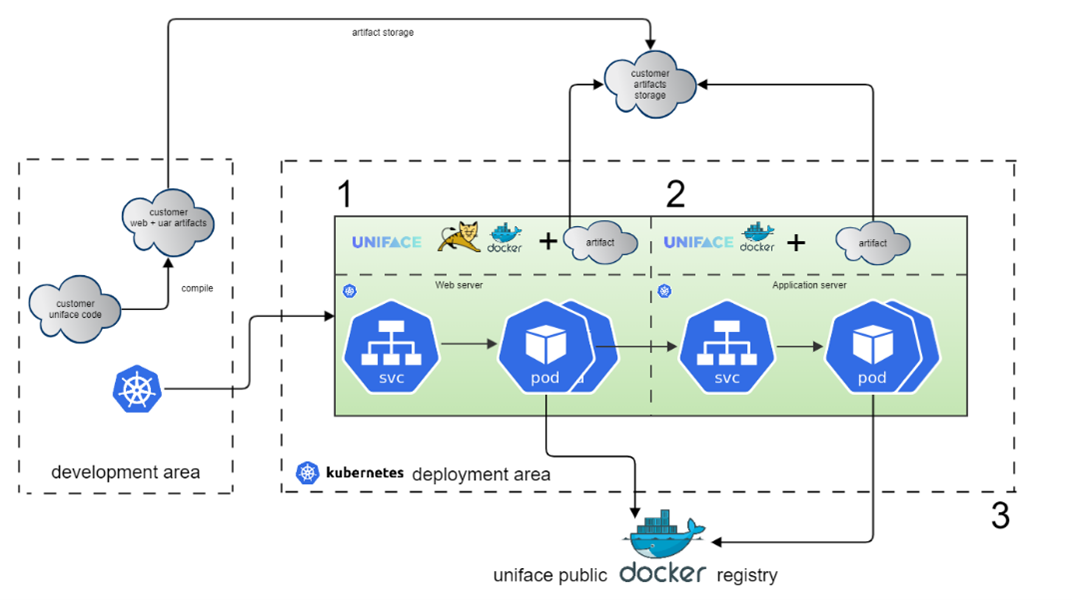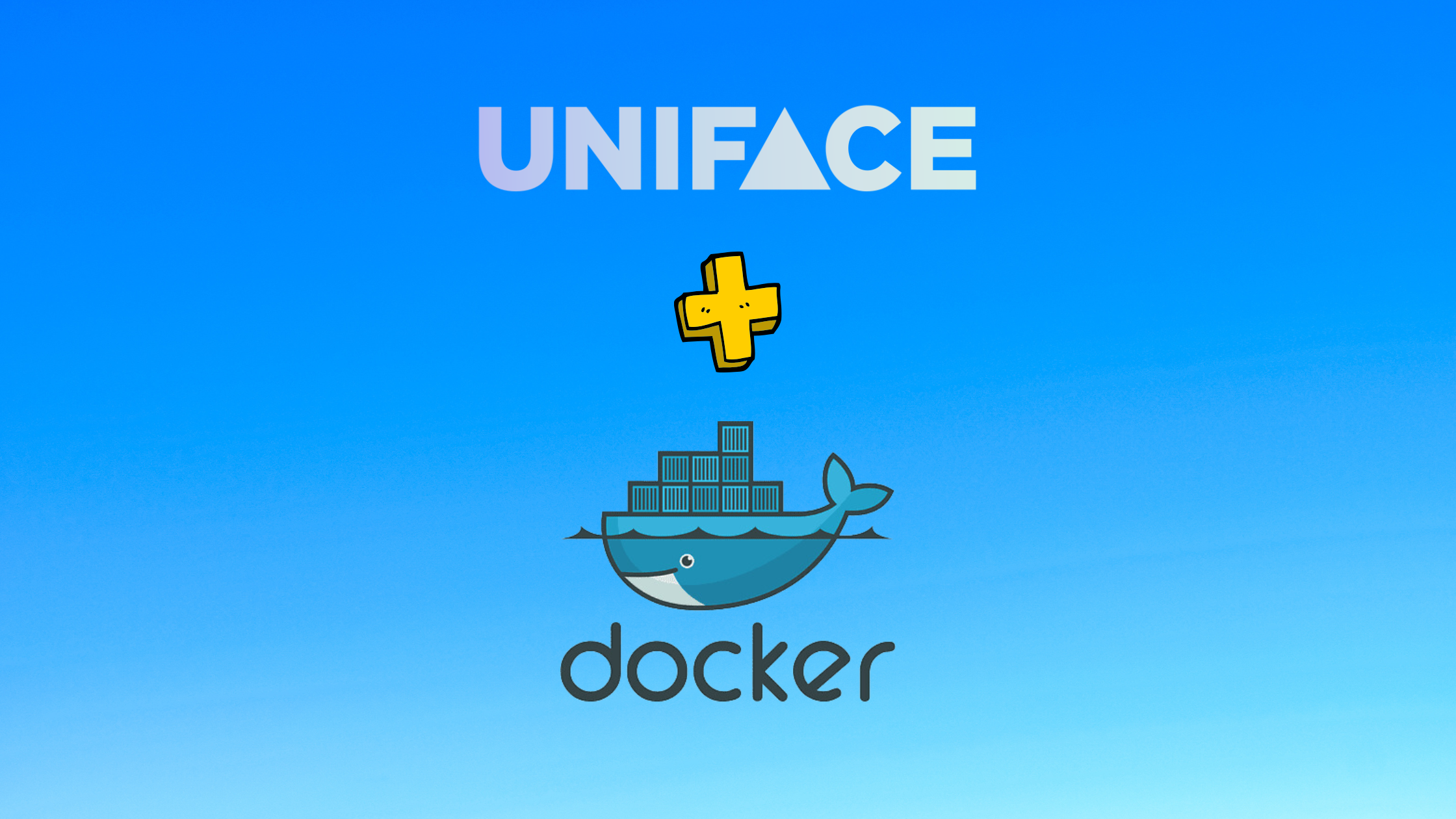In the constantly evolving landscape of information technology, businesses and service providers strive to stay ahead of the curve. At Software Imaging, we’re always pushing boundaries to deliver the most robust and efficient Uniface services. As part of our continuous commitment to providing cutting-edge solutions, we’ve begun to leverage container technology in our Uniface environment. Among the top container technologies we use, Docker is the preferred choice for its simplicity, scalability, and versatility.
Understanding Container Technology
Before we delve into how we’ve adapted container technology for Uniface, it’s important to comprehend the fundamentals of containerisation. Container technology, much like virtualization, allows us to run applications in isolated user spaces. They package an application and its dependencies together into a discrete unit – a container – that can run anywhere, ensuring consistent behavior across different environments.

Docker Container and Uniface
Docker is a widely acclaimed open-source platform that automates the deployment, scaling, and management of applications. It wraps the application and its dependencies into a Docker container, which can be executed on any compatible system without worrying about any underlying discrepancies.
Uniface, as a high-productivity, model-driven Rapid Application Development (RAD) environment, is an ideal candidate for such containerisation. It allows us to create scalable, reliable, and robust applications quickly. By deploying Uniface in Docker containers, we ensure our applications are isolated, secure, and efficiently scalable across multiple platforms and environments.
Implementing Uniface with Docker – How do we do this?
Containerising Uniface with Docker involves a process that’s methodical and streamlined. Here’s an outline of how we do it:
- Creating Uniface Images: To start, we encapsulate Uniface and its dependencies in a Docker image, which serves as a blueprint for running the application. This image is then stored in Docker repositories (Docker Hub or private repositories) for easy distribution and reuse.
- Configuring the Dockerfile: A Dockerfile is a script containing a series of instructions that Docker reads to build an image. We carefully craft this Dockerfile to ensure it correctly installs Uniface, copies the necessary application files, and sets up the runtime environment as required.
- Building and Running the Container: With the Dockerfile in place, we use Docker’s build command to create an image. Once the image is ready, we can launch the application using Docker’s run command. This spins up a container from the image where Uniface executes, ensuring that the application behaves the same way, regardless of the underlying system.
- Managing Containers: Docker’s simplicity allows us to easily manage these containers. We can start, stop, and monitor containers, or even automate these tasks, allowing us to scale our applications as needed.

Features and Target of our Uniface-Docker Integration
Our integration of Uniface with Docker Container aims to deliver:
- Simplicity: Using Docker for Uniface applications simplifies deployment, making it easier to manage and update applications.
- Scalability: Docker’s inherent scalability allows us to quickly scale up or down to meet demand, ensuring optimal resource usage.
- Isolation: Each Uniface application running in a Docker container is isolated from others, ensuring no cross-application interference, and improving application security.
- Consistency: As containers include the application and all its dependencies, we can be assured of the same behavior across different platforms and environments.
- Efficiency: Docker containers are lightweight compared to VMs, resulting in efficient resource utilization, faster start times, and higher application density per server.
Conclusion
At Software Imaging, we believe in harnessing the power of technology to deliver outstanding services. By leveraging Docker container technology with Uniface, we are further enhancing the efficiency, security, and scalability of our solutions. Rest assured, with our skilled Uniface experts at the helm, we are at the forefront of delivering state-of-the-art software solutions tailored to your business needs.
